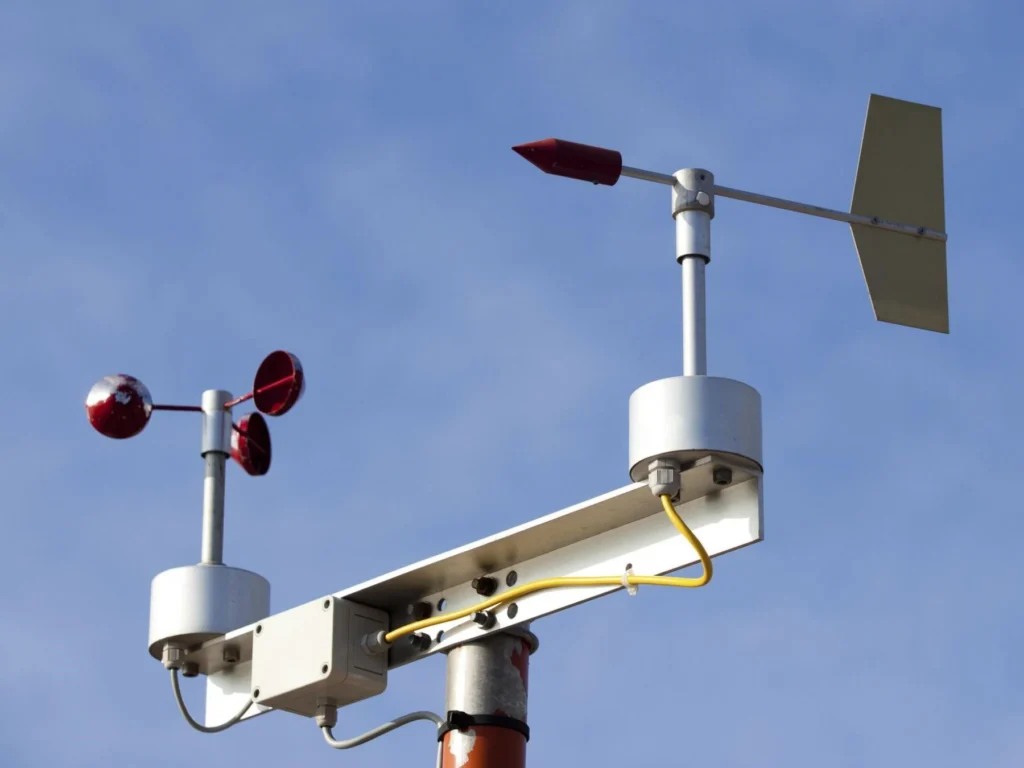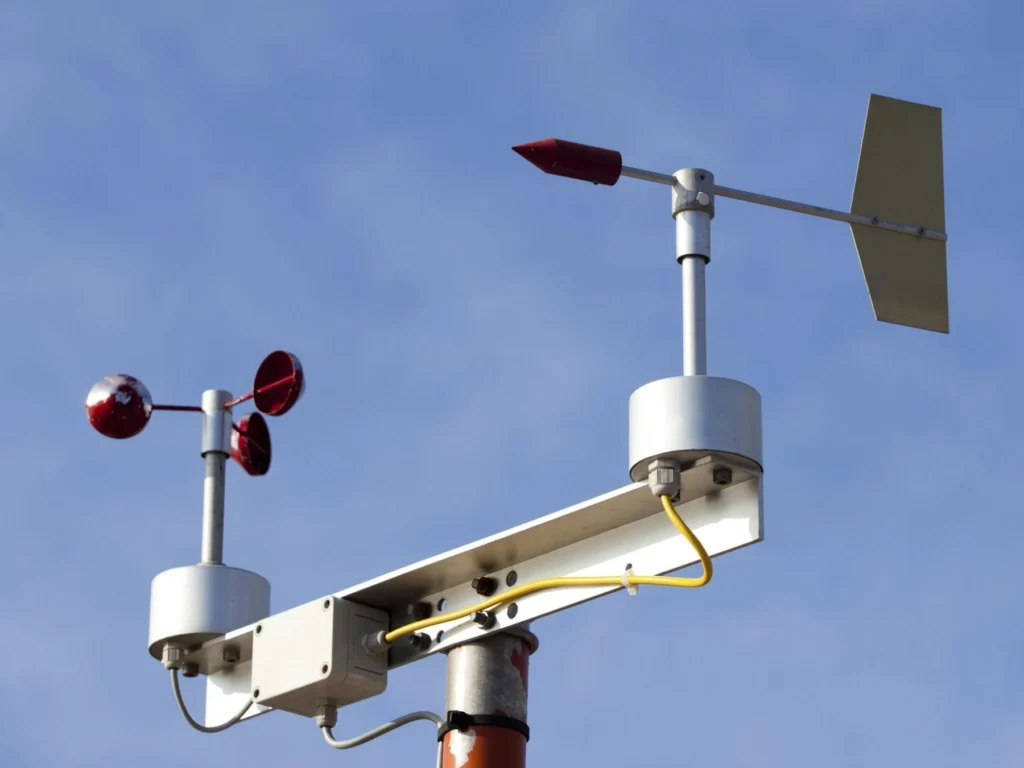
Anemometer: The Instrument for Measuring Wind Speed

# Anemometer: The Instrument for Measuring Wind Speed
Wind speed is a crucial parameter in various fields, including meteorology, aviation, and environmental studies. To accurately measure this parameter, scientists and engineers rely on a specialized instrument known as an anemometer.
## What is an Anemometer?
An anemometer is a device designed to measure the speed of wind. It is an essential tool for weather stations, wind farms, and even in everyday applications like determining the wind conditions for outdoor activities.
### Types of Anemometers
There are several types of anemometers, each with its unique method of measuring wind speed:
– Cup Anemometer: This is the most common type, featuring three or four cups mounted on horizontal arms. The wind causes the cups to rotate, and the speed of rotation is proportional to the wind speed.
– Vane Anemometer: Also known as a windmill anemometer, this type uses a propeller or a set of blades that rotate when exposed to wind. The rotation speed is measured to determine wind speed.
– Hot-Wire Anemometer: This type uses a heated wire that cools down when exposed to wind. The rate of cooling is used to calculate the wind speed.
– Ultrasonic Anemometer: This advanced type uses ultrasonic sound waves to measure wind speed and direction. It is highly accurate and is often used in research and high-precision applications.
### How Does an Anemometer Work?
The working principle of an anemometer depends on its type. For example, in a cup anemometer, the wind causes the cups to rotate. The number of rotations per unit time is counted and converted into wind speed using a calibration factor. Similarly, in a hot-wire anemometer, the cooling rate of the wire is measured and correlated with wind speed.
### Applications of Anemometers
Anemometers are used in a wide range of applications:
– Weather Forecasting: Accurate wind speed measurements are crucial for predicting weather patterns and issuing warnings.
– Wind Energy: Wind turbines rely on anemometers to determine the optimal conditions for generating electricity.
– Aviation: Pilots use anemometers to assess wind conditions before takeoff and landing.
– Environmental Studies: Researchers use anemometers to study wind patterns and their impact on ecosystems.
### Choosing the Right Anemometer
When selecting an anemometer, consider the following factors:
– Accuracy: Ensure the anemometer provides precise measurements for your specific application.
– Durability: Choose a device that can withstand the environmental conditions it will be exposed to.
– Ease of Use: Look for an anemometer that is easy to operate and maintain.
– Cost: Balance the features and accuracy with your budget.
In conclusion, the anemometer is an indispensable tool for measuring wind speed. Whether you are a meteorologist, a wind energy engineer, or simply an outdoor enthusiast, understanding and using an anemometer can provide valuable insights into wind conditions.
Keyword: instrument to measure wind speed
You May Also Like

Revolutionizing Fashion: How AI is Redefining Design and Sustainability
March 1, 2025
AI in Fashion: Redefining Creativity, Efficiency, and Sustainability in the Industry
February 28, 2025

